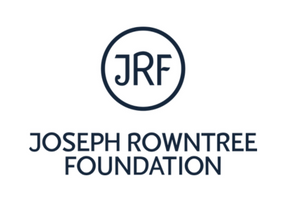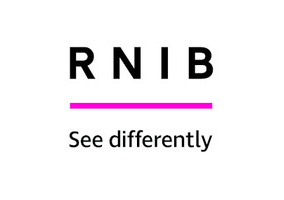Joseph Rowntree Foundation (JRF) has been rated as having the most accessible charity website in the UK.
JRF has taken first place out of all UK charities this month in the Silktide Index, which is a league table that scores organisations against globally recognised standards for web accessibility.
The poverty research charity’s website scored 98 out of 100 for accessibility, replacing the Wellcome Trust, which came first last month with a score of 93, and ahead of third-placed RNIB.
Helping to achieve the charity’s mission
Daniel Wigglesworth, head of digital products at JRF, told Civil Society that the work on the charity’s website began during its £50,000 rebrand last December.
“For quite a while we’ve realised that in order to make progress towards our mission, we needed to embrace accessibility as a core principle,” he said.
“And that that was required to create the best user experience for everybody.”
JRF opened a tender process and selected Numiko as its agency partner, which used its technical capabilities to help the charity to reach accessibility standards.
The charity’s in-house design team also contributed to the achievement, by creating a more accessible colour palette for the website.
This involved “having a high contrast when the various different combinations of those colours are put together”, Wigglesworth said.
Improving accessibility is important because it removes barriers from people engaging with the charity’s work, he added.
“We think accessibility is important because we make our work our research available to all people and things in an accessible format are quick and clear to comprehend,” he said.
Moving away from PDFs
Wigglesworth said there are simple changes that charities can make to make their websites more accessible.
“One of the things that we've been doing is moving away from publishing most of our material inside a PDF, which has known accessibility issues”, he said.
He said that there are a lot of criteria in the web content accessibility guidelines to meet, and advised smaller charities with less resources in this area to focus on clear presentation.
“I would focus on clear formatting, clear structure, and presenting web content in a web-native format that's both clear and easy to comprehend,” he said.
“And if anyone can do that, they’ll be making big strides towards a more accessible website.”
Despite its top ranking, Wigglesworth said that the charity’s work on accessibility is “never finished” and that a website requires a consistent amount of effort put into it.
“It's important for all the charities to recognise that and attribute resource to it.”
Related Articles












